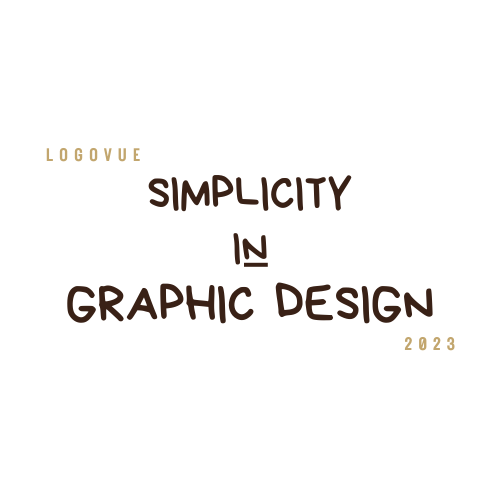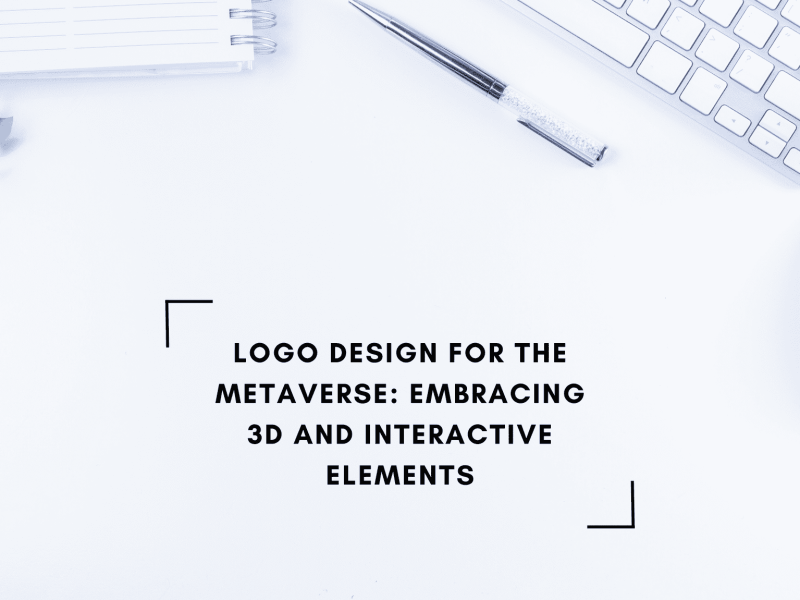Simplicity should be one of the most crucial aspects to take into account when designing a logo for a company or organization. Not only is a straightforward logo simple to remember and recognize, but it also has a timeless appeal that will guarantee the design’s continued viability in the years to come.
There are several ways to create logos that are simple. Using few design components is one of the best methods to do this. To achieve this, stick to a small color scheme, use straightforward shapes, and keep the design simple and uncomplicated. The logo is made easier to recognize and more memorable by utilizing a limited number of graphic elements.
Using negative space in logo design is another strategy for achieving simplicity. The space surrounding and in-between a logo’s design components is known as negative space. A designer can accentuate balance and harmony in the design by deliberately utilising negative space. The logo may appear more posh and sophisticated as a result.
Scalability also heavily depends on simplicity. Whether it’s a tiny favicon or a huge billboard, a basic logo design is more likely to appear nice at any size. This is crucial because a logo will be used across a range of platforms, from business cards to websites, and it must be legible at all sizes.
A logo is more adaptable when it is simpler. For many platforms and uses, a straightforward logo design is easily adaptable. For companies wanting to broaden their presence across many platforms and channels, this is especially crucial.
In conclusion, logo design must prioritize simplicity. As a result, the logo is more instantly recognized, memorable, adaptable, scalable, and timeless. A straightforward logo will guarantee that it is timeless and will be a solid base for the brand’s visual identity for years to come.



